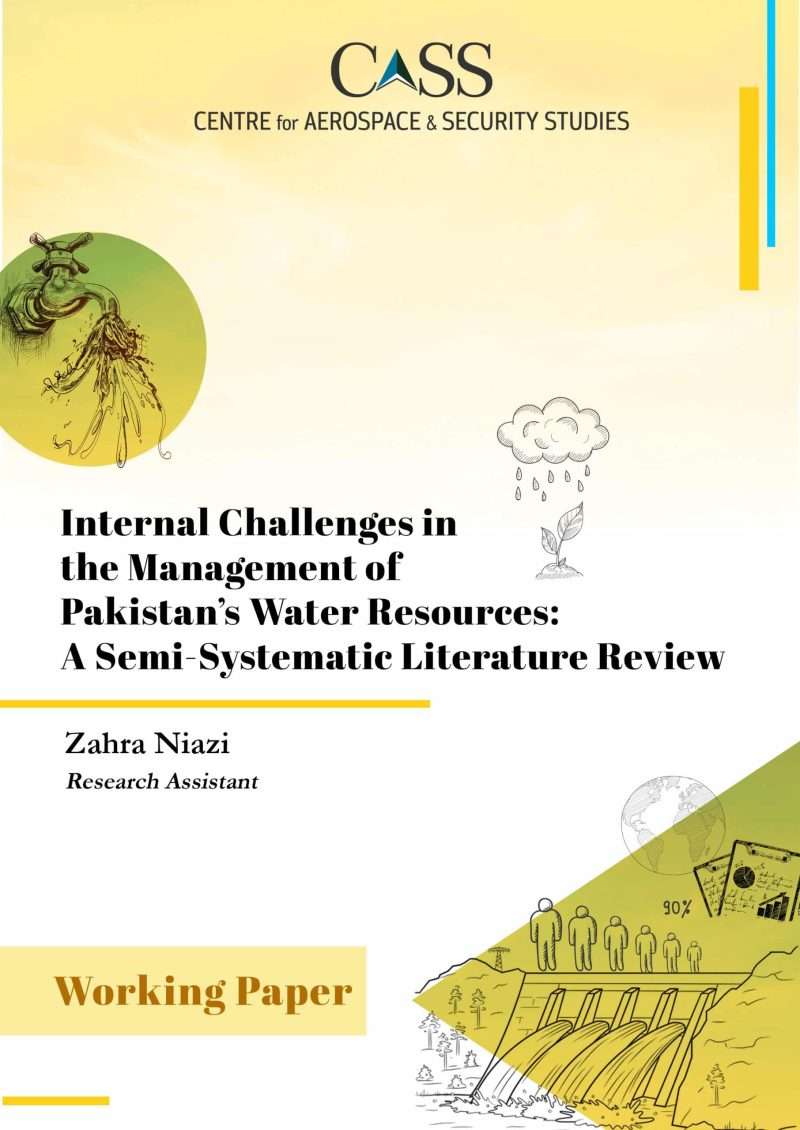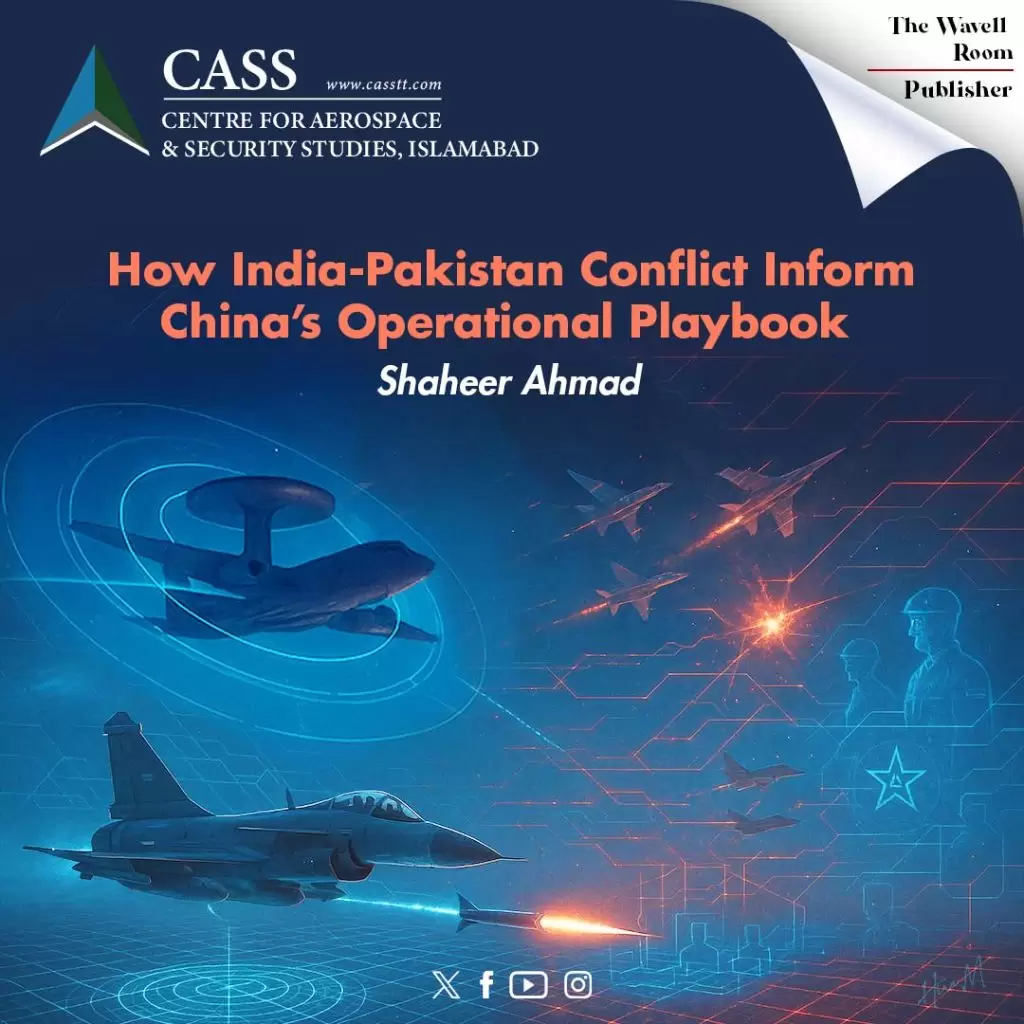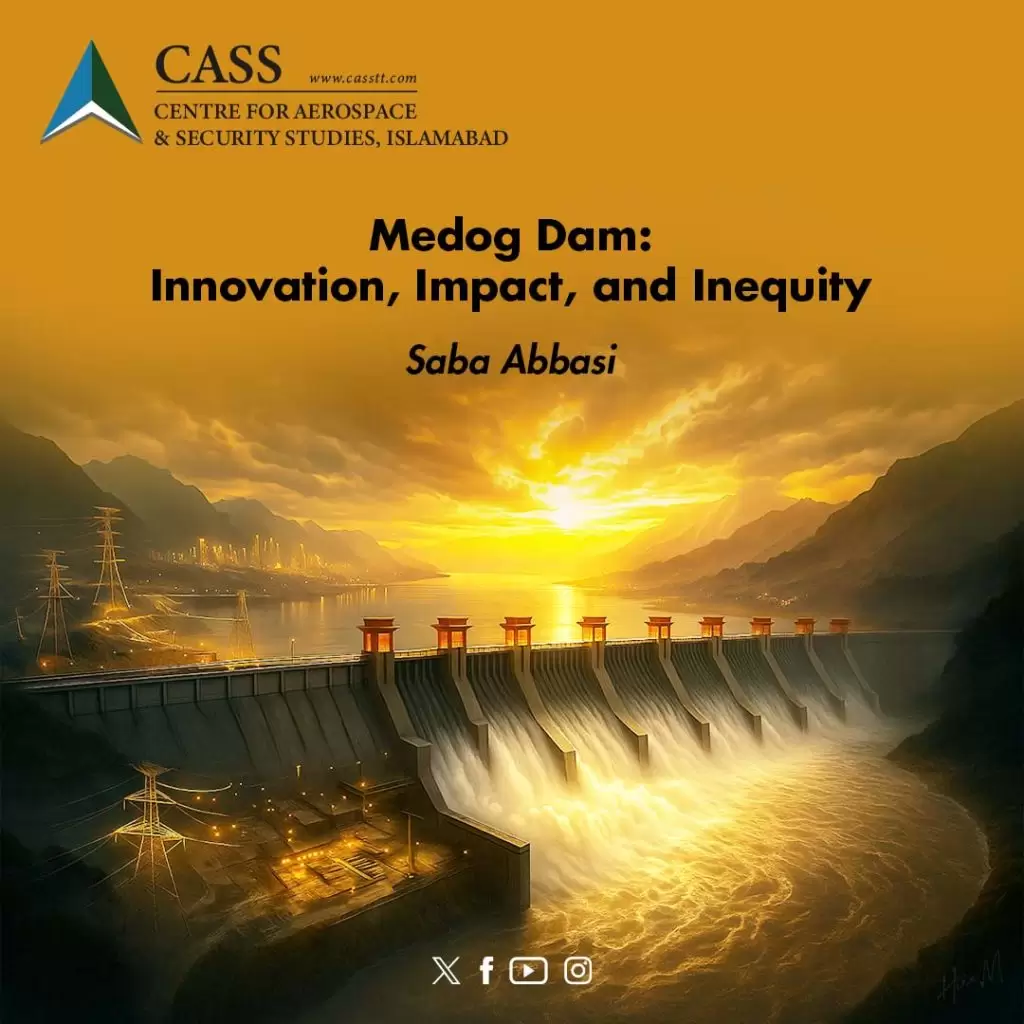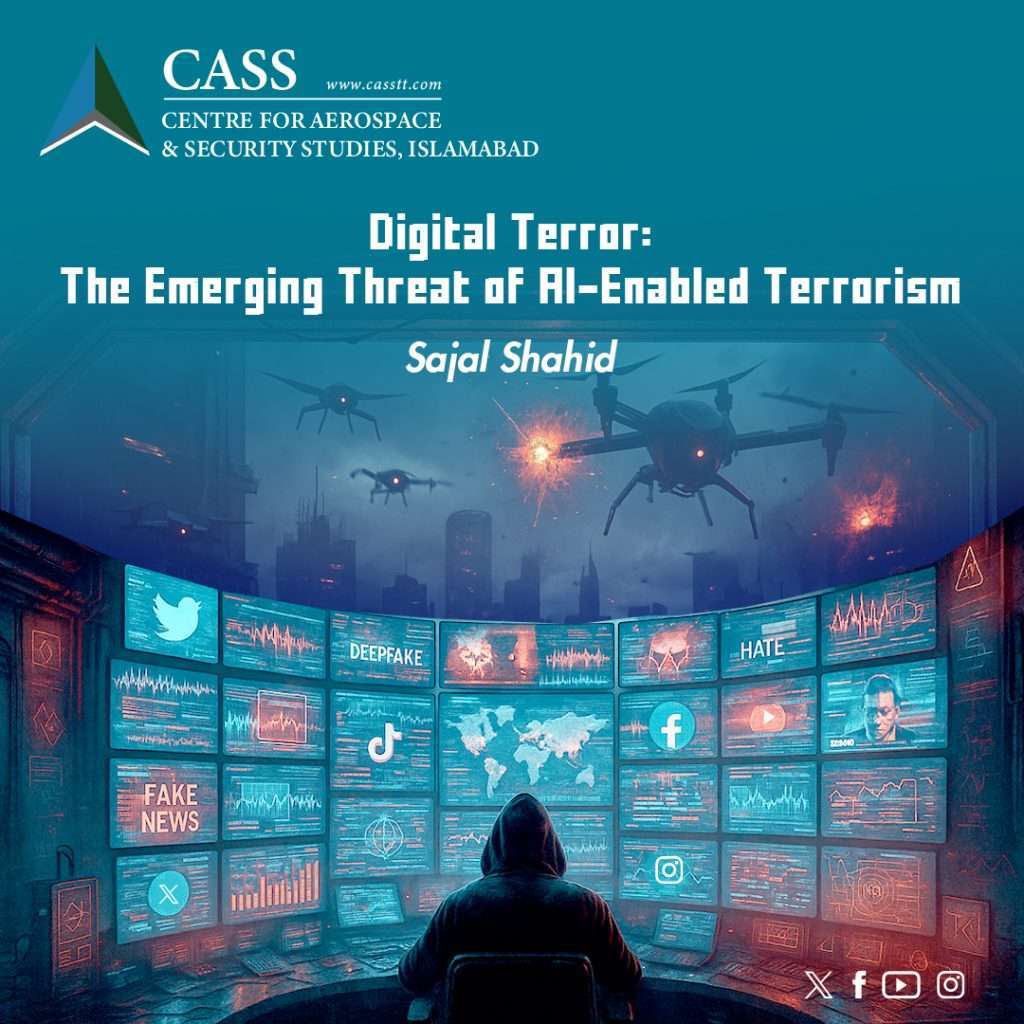The present study identifies major internal challenges in the way of effective water resource management in Pakistan at micro, meso, and macro levels through a semi-systematic literature review (SSLR) method. The review found 24 major internal challenges to the management of Pakistan’s water resources that were synthesised into eight categories: economic and financial; information; policy, legal and regulatory; institutional; technical; awareness; social, cultural, and behavioural; and mega trends. The results show that challenges related to mega trends, including the interconnected problems of rapid population growth and urbanisation were discussed the most in selected publications. The second most discussed challenges were institutional ones, including coordination and capacity issues. Technical and policy, legal, and regulatory challenges also had a prominent representation in selected publications, compared to other challenges, except institutional and those related to mega trends. Social, cultural, and behavioural challenges were the least discussed in the reviewed literature. The study notes that there is a need to recognise and take required measures to manage population growth and urbanisation rates, implement institutional reforms in the water sector, and pursue a collaborative approach involving multiple stakeholders if Pakistan is to tackle its worsening water scarcity threat decisively.

Share this article
Facebook
Twitter
LinkedIn

How India-Pakistan Conflict Inform China’s Operational Playbook
Shaheer Ahmad August 21, 2025
The four-day India-Pakistan (7-10 May 2025) military crisis showcased a real-world glimpse of how near-peer militaries will face each other on the

Medog Dam: Innovation, Impact, and Inequity
Saba Abbasi August 21, 2025
Medog Dam construction on the Yarlung Tsanpo River in Tibet, China, represents the harnessing of the potential of a geological marvel. The enormous

Digital Terror: The Emerging Threat of AI-Enabled Terrorism
Sajal Shahid August 18, 2025
‘Future risks include terrorists leveraging AI for rapid application and website development;, though fundamentally, generative AI amplifies threats posed by existing technologies rather than creating entirely new threat categories.’

